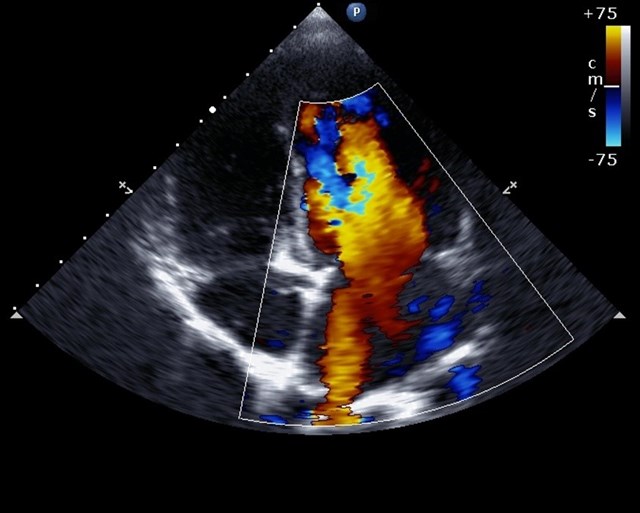
An ultrasound electrocardiogram
Utrasound equipment has shrunk in both size and price in recent years – so much so that it is now standard in hospitals and clinics all over the world. But today’s ultrasound still requires a highly trained expert to acquire the image and interpret the results, and this has prevented its use in certain settings – for example, in urgent care. In a joint venture they call On-Sight, computer scientists at the Weizmann Institute of Science and a cardiologist at the New York University School of Medicine have teamed up to develop an automated system that guides the operator in acquiring the images and then accurately interprets the results for physicians. This venture was recently awarded first place in the third Echovation Challenge of the American Society of Echocardiography.
An echocardiogram is a type of ultrasound that measures the ejection fraction of the heart – that is, the fraction of the blood in the heart’s left chamber that is ejected to the rest of the body during a heartbeat.
The ejection fraction is considered the most reliable measure of heart function, and this test could save lives if it could be used for immediate diagnosis.
The 2018 prize was announced at the Society’s convention in Nashville. On-Sight was chosen over 30 other entries, as its real-time results can help doctors − even non-specialists or medical residents − to make a quick, reliable diagnosis.
To test the system, the On-Sight algorithm vied against four echocardiography experts, with both analyzing electrocardiograms from 114 people. The results were stunning: the algorithm was as close as the physicians to determining the external ejection fractions of those hearts.
Experienced ultrasound technicians undergo hours of training, years of practice, and ongoing refresher courses. How does one teach a computer to see what these trained experts see? The On-Sight algorithms employ a so-called core neural network, which is based on artificial intelligence and geometric machine learning. This type of system combines the network-based manner in which our own brains take in information and make connections with the ability of a computer to rapidly absorb huge amounts of information and focus on a particular task. Prof. Yaron Lipman of the Weizmann Institute of Science’s Department of Computer Science and Applied Mathematics is an expert in the new field of geometric machine learning, which adds layers of complexity to machine neural networks. In this way the “intuitive” diagnoses of multiple experts are translated to the more definitive results of medical tests.
The On-Sight team also includes Achi Ludomirsky, MD, a pediatric cardiology expert at the NYU School of Medicine; Itay Kezurer, On-Sight cofounder and future CTO; and Dr. Yoram Eshel, the company’s CEO.
The group chose to focus on cardiologic ultrasound because a timely diagnosis has great potential to save lives in this field. They hope that the technology will eventually be used in nursing homes, sports clinics, ambulances, and developing countries, in addition to emergency and urgent-care settings.
Prof. Yaron Lipman’s research is supported by the European Research Council.
